Muktinath Temple
Muktinath Temple, a significant pilgrimage site, lies in the Mustang region of Nepal in Gandaki Province and is revered by both Hindus and Buddhists. The temple, dedicated to Lord Vishnu, also carries the name Mukti Kshetra, which means “place of liberation”. It forms an important part of the Char Dham of Nepal. Specifically, Muktinath Mandir sits at an impressive altitude of 3,762 meters above sea level and is strategically positioned along the route of several famous treks, including the Annapurna Circuit Trek, the Jomsom to Muktinath Trek, and the Upper Mustang Trek. Additionally, it lies just below the Thorong-La Pass, making it a significant destination for trekkers and pilgrims alike.
Devotees believe that Muktinath Temple serves as a place of salvation. Hindus hold that visiting this temple helps liberate the soul from the cycle of birth and death. Pilgrims flock to the site to bathe in the 108 sacred water spouts as part of their ritual purification. Additionally, the “eternal flame” that burns at the temple, fueled by natural gas seeping from the ground, adds to its significance. For Buddhists, particularly those following the Vajrayana tradition, Muktinath ranks as an important pilgrimage site and is said to be one of the 24 Tantric places in the region.
You may also like to read: Janaki Mandir and Pashupatinath Temple
- Muktinath Temple
- History of Muktinath Temple
- Structure/Architecture of Muktinath
- 8 Key attractions and activities to explore in and around the Muktinath Temple
- 1.Muktinath Temple :
- a. Main Temple: The central attraction is the Muktinath Temple dedicated to Lord Vishnu. Pilgrims and visitors come here to pay their respects and seek liberation. The temple’s architecture and serene atmosphere provide a deeply spiritual experience.
- b. 108 Water Spouts: The temple complex features 108 sacred water spouts, where pilgrims perform ritual ablutions. Bathing under these spouts is considered purifying and is an integral part of the pilgrimage.
- c. Eternal Flame: An eternal flame, which burns from natural gas seeping through the ground, is a unique feature of the temple. It is a sacred symbol and a point of fascination for visitors.
- d. Two kundas of Muktinath: There are two holy water ponds in front of Muktinath Mandir “Laxmi Kunda and Saraswati Kunda”. It is believed that by taking bath in these ponds the ‘negative karma’ gets washed away.
- 2. Jwala Mai Temple:
- 3. Buddhist Monasteries:
- 4.Natural Beauty of Mustang:
- 5. Kagbeni:
- 6.Saligram Stones:
- 7. Marpha:
- 1.Muktinath Temple :
- Best time/season to visit Muktinath Temple
- How to reach Muktinath Temple
- 10 Tips to ensure a smooth and enjoyable visit/tour to Muktinath
- Muktinath Temple FAQs
History of Muktinath Temple
Hindu texts and Puranas prominently highlight the significance of Muktinath Temple. Specifically, these scriptures state that Lord Vishnu manifested here to grant liberation (Mukti) to devotees who worship him with sincere devotion. Furthermore, the region’s divine associations significantly contribute to its reputation as a place where one can attain salvation. Consequently, many pilgrims visit to seek spiritual fulfillment in this sacred site.
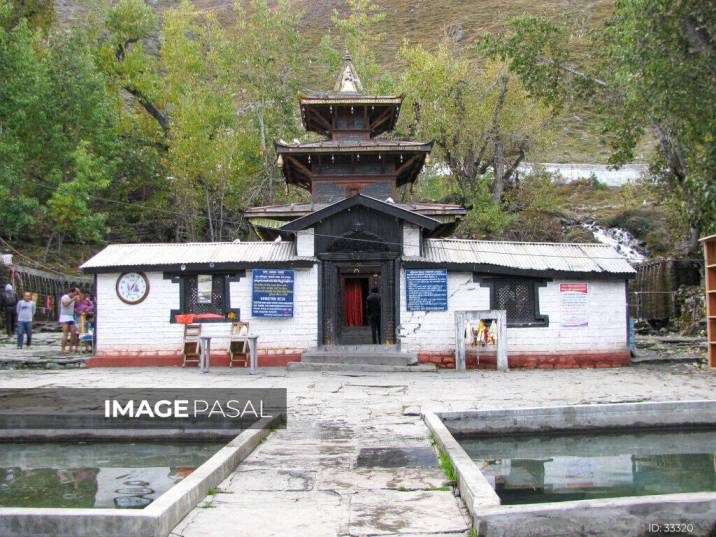
Records suggest that worshippers have frequented the Muktinath temple since the early 1st century AD. Over the centuries, various Hindu and Buddhist scriptures have mentioned Muktinath, underscoring its religious and historical importance.
Muktinath Temple also carries numerous legends and myths. One legend recounts how Lord Vishnu sought refuge in Muktinath after a sage cursed him. Another legend features the great Indian philosopher and theologian Adi Shankaracharya, who visited the temple in the 8th century AD and established it as a crucial pilgrimage site for Hindus.
Structure/Architecture of Muktinath
With influences from both the Indian subcontinent and the Himalayan region, the central shrine(Muktinath Temple) is built in a pagoda style, featuring a multi-tiered roof and ornate wooden carvings. The shrine houses the main deity, Lord Vishnu, in the form of a Saligram, which is a sacred black stone representing the god. In addition to the main shrine, there are several smaller shrines and structures throughout the complex, each with its own unique features and artistic details. There is approaximately 300 steps to reach the temple.
There are two holy water ponds in front of Muktinath Temple “Laxmi Kunda and Saraswati Kunda”. It is believed that by taking bath in these ponds the ‘negative karma’ gets washed away.One of the most striking features of the temple complex is its metalwork, which includes the 108 water spouts and the brass and bronze statues of various deities. These metal elements not only showcase the skilled craftsmanship of the artists but also hold deep religious significance for the devotees who visit the temple.
8 Key attractions and activities to explore in and around the Muktinath Temple
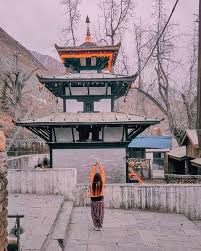
1.Muktinath Temple :
a. Main Temple: The central attraction is the Muktinath Temple dedicated to Lord Vishnu. Pilgrims and visitors come here to pay their respects and seek liberation. The temple’s architecture and serene atmosphere provide a deeply spiritual experience.
b. 108 Water Spouts: The temple complex features 108 sacred water spouts, where pilgrims perform ritual ablutions. Bathing under these spouts is considered purifying and is an integral part of the pilgrimage.
c. Eternal Flame: An eternal flame, which burns from natural gas seeping through the ground, is a unique feature of the temple. It is a sacred symbol and a point of fascination for visitors.
d. Two kundas of Muktinath: There are two holy water ponds in front of Muktinath Mandir “Laxmi Kunda and Saraswati Kunda”. It is believed that by taking bath in these ponds the ‘negative karma’ gets washed away.
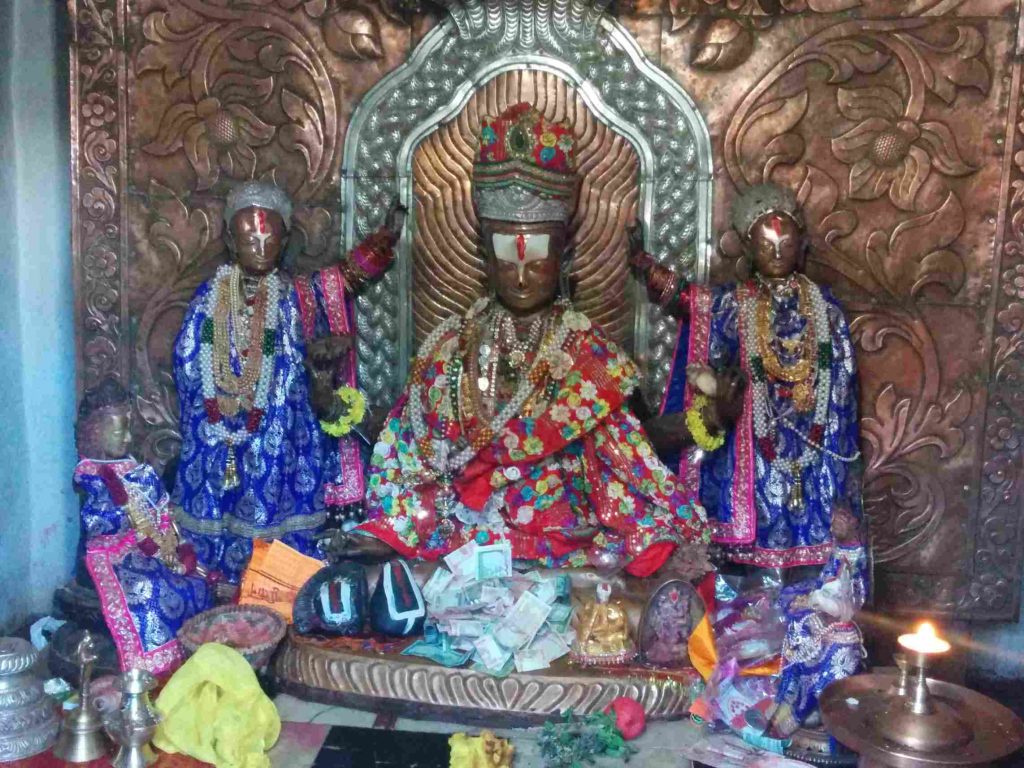

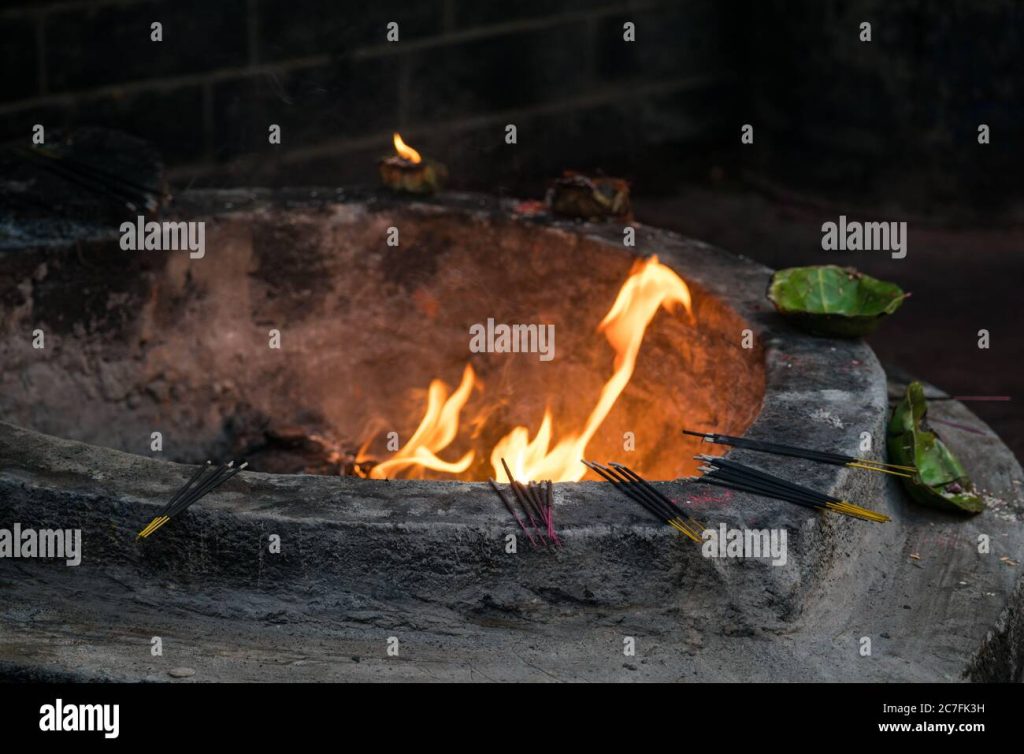

2. Jwala Mai Temple:
Located nearby, Jwala Mai Temple is dedicated to the goddess of flames. It houses a small, continuously burning flame that emerges from the ground, similar to the eternal flame at the Muktinath Temple. It’s a significant site for both Hindu and Buddhist pilgrims.


3. Buddhist Monasteries:
The area around Muktinath features several Tibetan Buddhist monasteries. Visiting these monasteries offers insight into Tibetan Buddhism and provides an opportunity for meditation and reflection.

4.Natural Beauty of Mustang:
a. Annapurna Circuit: Muktinath is a prominent stop on the Annapurna Circuit, a famous trekking route. The trek offers stunning views of the Himalayas, including the Annapurna and Dhaulagiri ranges.
b.Thorong La Pass: If you’re trekking the Annapurna Circuit, you’ll pass through the Thorong La Pass, one of the highest trekking passes in the world. The views from here are breathtaking.
c. Muktinath Waterfalls: There are several picturesque waterfalls in the region that provide great spots for photography and relaxation.

5. Kagbeni:
A nearby village that offers a glimpse into traditional life and features interesting architectural styles and landscapes.
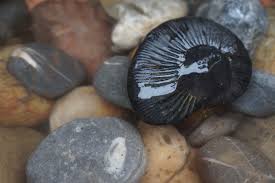
6.Saligram Stones:
Muktinath is home to a vast collection of Saligram stones, which hold immense religious significance for Hindu devotees. These sacred stones, which are found in the nearby Kali Gandaki River, are considered to be manifestations of Lord Vishnu.
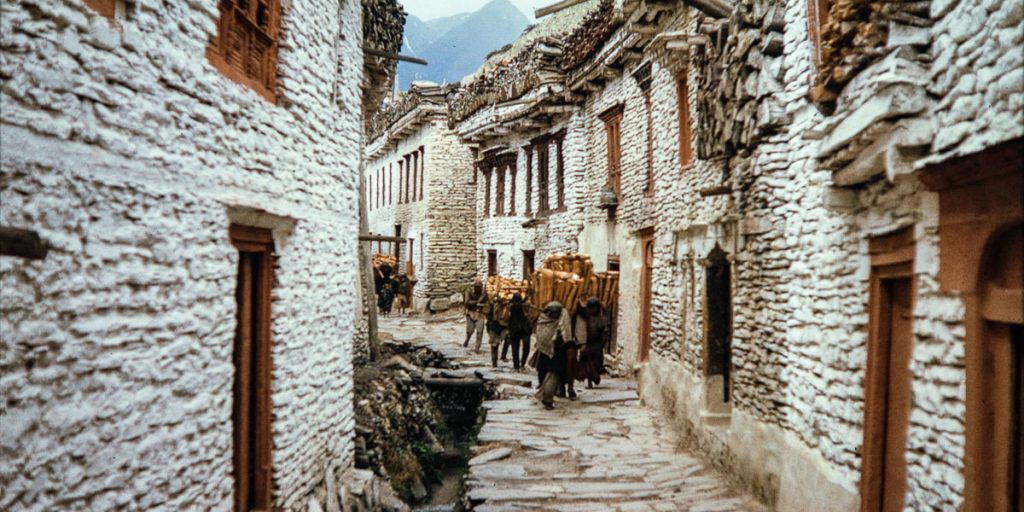
7. Marpha:
The village is renowned for producing high-quality apples, thanks to its favorable climate and fertile soil. Walking through the village, visitors can witness the apple trees in full bloom during spring or see the locals engaged in apple harvesting during the autumn season.
Best time/season to visit Muktinath Temple
Travelers generally consider spring (March to May) and autumn (September to November) the best times to visit Muktinath due to favorable weather conditions and good visibility. If you’re trekking, these seasons provide the most comfortable conditions. To enjoy a quieter experience, consider visiting in the off-seasons, but prepare for weather-related challenges.
How to reach Muktinath Temple
- By Air: Fly to Jomsom Airport and then hire a jeep to Muktinath Temple. The flight takes around 20 minutes, while a jeep ride takes around 1 hour. After the jeep reaching point you need to walk about 2 KM (20-30 Minutes) to reach the temple area.
- Private Vehicle: Drive from Pokhara, which will take you through various villages and landscapes, eventually leading you to Muktinath Temple. This option is more time-consuming and off road difficult drive as the drive can take 8-10 hours, depending on the road condition, time period of travel and traffic.
- Tourist Bus: Tourist Bus from Pokhara and Tourist Bus from Kathamndu .
- Local Bus from Beni
10 Tips to ensure a smooth and enjoyable visit/tour to Muktinath
1.Prepare for altitude:
Muktinath is situated at about 3,710 meters (12,172 feet). Acclimatize yourself to high altitude by spending a few days at a lower altitude (such as in Pokhara) before heading to Muktinath. Drink plenty of water to help with acclimatization and prevent altitude sickness. Consider carrying altitude sickness medication (like Diamox) and consult your doctor before the trip.
2.Travel Logistics:
The most common routes are flying to Jomsom from Pokhara and then traveling by jeep or walking to Muktinath. You can also trek to Muktinath as part of the Annapurna Circuit. First, ensure you have the necessary permits before your journey. Specifically, for trekking, you’ll need a TIMS (Trekkers’ Information Management System) card and an Annapurna Conservation Area Permit (ACAP). Additionally, it’s important to check with local authorities or travel agencies for the latest requirements, as these can change frequently. By doing so, you can ensure a smooth and compliant trekking experience.
3.Packing Essentials:
Pack warm, layered clothing, even in summer, as temperatures can drop significantly. Include a good quality jacket, thermal wear, gloves, and a hat. Sturdy, comfortable trekking boots are essential if you’re trekking. Also, bring sandals or light shoes for relaxing at your accommodation. High altitude means stronger UV rays. Carry sunglasses, sunscreen, and lip balm with SPF.
4.Health and Safety:
Carry a basic medical kit with items like pain relievers, bandages, antiseptics, and any personal medications you might need. Follow local advice and guidelines, especially concerning weather conditions and safety precautions.
5.Accommodation and Food:
Book in Advance
During peak seasons, accommodations can fill up quickly, so it’s wise to book your stay in advance. Enjoy local food, but take care with street food and ensure vendors prepare it hygienically to avoid stomach issues.
6.Respect Local Customs:
Always ask for permission before photographing people, especially in religious or private settings. Dress modestly and be respectful of local customs and religious practices. Muktinath is a sacred site, so maintain a respectful demeanor.
7.Connectivity:
In remote areas, providers can offer limited mobile phone coverage. Inform someone about your travel plans and keep in touch when possible. Wi-Fi might be available in some lodges.
8.Emergency Preparedness:
Know the local emergency contact numbers and the location of the nearest medical facilities or rescue services.
9.Environmental Responsibility:
Respect the environment by not littering and following guidelines for waste disposal. Help preserve the beauty of the area by minimizing your environmental impact.
10.Local Guide:
Consider hiring a local guide or using a travel agency that specializes in the Annapurna region. They can provide valuable insights, help with permits, and enhance your overall experience.
Muktinath Temple FAQs
What is special about Muktinath Temple?
Muktinath Temple is revered by both Hindus and Buddhists. It forms an important part of the Char Dham of Nepal and is strategically positioned along the route of several famous treks, including the Annapurna Circuit Trek, the Jomsom to Muktinath Trek, and the Upper Mustang Trek. Additionally, it lies just below the Thorong-La Pass, making it a significant destination for trekkers and pilgrims alike.
How to go to Muktinath from Kathmandu?
By Air: Fly to Jomsom Airport and then hire a jeep to Muktinath Temple. The flight takes around 20 minutes, while a jeep ride takes around 1 hour. After the jeep reaching point you need to walk about 2 KM (20-30 Minutes) to reach the temple area.
Private Vehicle: Drive from Kathmandu, which will take you through various villages and landscapes, eventually leading you to Muktinath Temple. This option is more time-consuming and off road difficult drive depending on the road condition, time period of travel and traffic.
Tourist Bus: Tourist Bus from Kathamndu .
What is the 108 water spouts in Muktinath Temple?
108 Water Spouts: The temple complex features 108 sacred water spouts, where pilgrims perform ritual ablutions. Bathing under these spouts is considered purifying and is an integral part of the pilgrimage.
What is the best time to visit Muktinath Temple?
Travelers generally consider spring (March to May) and autumn (September to November) the best times to visit Muktinath due to favorable weather conditions and good visibility. If you’re trekking, these seasons provide the most comfortable conditions. To enjoy a quieter experience, consider visiting in the off-seasons, but prepare for weather-related challenges.
What is the myth of Muktinath Temple?
Muktinath Temple also carries numerous legends and myths. One legend recounts how Lord Vishnu sought refuge in Muktinath after a sage cursed him. Another legend features the great Indian philosopher and theologian Adi Shankaracharya, who visited the temple in the 8th century AD and established it as a crucial pilgrimage site for Hindus.
How many steps are there in Muktinath?
There are approximately 300 steps in Muktinath Temple.
Which god is worshiped in Muktinath Temple?
The temple, dedicated to Lord Vishnu, also carries the name Mukti Kshetra, which means “place of liberation”. Hindu texts and Puranas prominently highlight the significance of Muktinath Temple. Specifically, these scriptures state that Lord Vishnu manifested here to grant liberation (Mukti) to devotees who worship him with sincere devotion.
Where is Muktinath Temple located?
Muktinath is located in Mustang district, Gandaki Province of Nepal.
How to go to Muktinath from Pokhara?
By Air: Fly to Jomsom Airport and then hire a jeep to Muktinath Temple. The flight takes around 20 minutes, while a jeep ride takes around 1 hour. After the jeep reaching point you need to walk about 2 KM (20-30 Minutes) to reach the temple area.
Private Vehicle: Drive from Pokhara, which will take you through various villages and landscapes, eventually leading you to Muktinath Temple. This option is more time-consuming and off road difficult drive as the drive can take 8-10 hours, depending on the road condition, time period of travel and traffic.
Tourist Bus: Tourist Bus from Pokhara.
What is the height/ altitude of Muktinath Temple?
Altitude of Muktinath temple is 3800 meters.
What is the history of Muktinath Temple?
Hindu texts and Puranas prominently highlight the significance of Muktinath Temple. Specifically, these scriptures state that Lord Vishnu manifested here to grant liberation (Mukti) to devotees who worship him with sincere devotion. Furthermore, the region’s divine associations significantly contribute to its reputation as a place where one can attain salvation. Consequently, many pilgrims visit to seek spiritual fulfillment in this sacred site.
what is Muktinath Temple famous for?
Muktinath Temple is a significant pilgrimage site in the Mustang region of Nepal in Gandaki Province and is revered by both Hindus and Buddhists. The temple, dedicated to Lord Vishnu, also carries the name Mukti Kshetra, which means “place of liberation”. Records suggest that worshippers have frequented the Muktinath temple since the early 1st century AD. Over the centuries, various Hindu and Buddhist scriptures have mentioned Muktinath, underscoring its religious and historical importance.
Devotees believe that Muktinath Temple serves as a place of salvation. Hindus hold that visiting this temple helps liberate the soul from the cycle of birth and death. Pilgrims flock to the site to bathe in the 108 sacred water spouts as part of their ritual purification. Additionally, the “eternal flame” that burns at the temple, fueled by natural gas seeping from the ground, adds to its significance. For Buddhists, particularly those following the Vajrayana tradition, Muktinath ranks as an important pilgrimage site and is said to be one of the 24 Tantric places in the region.
What is the height of Muktinath Temple in feet?
12,171 feet.
Also Read : Pokhara City

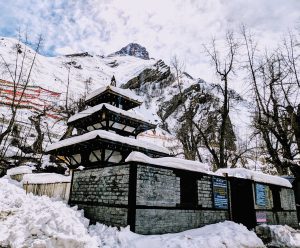
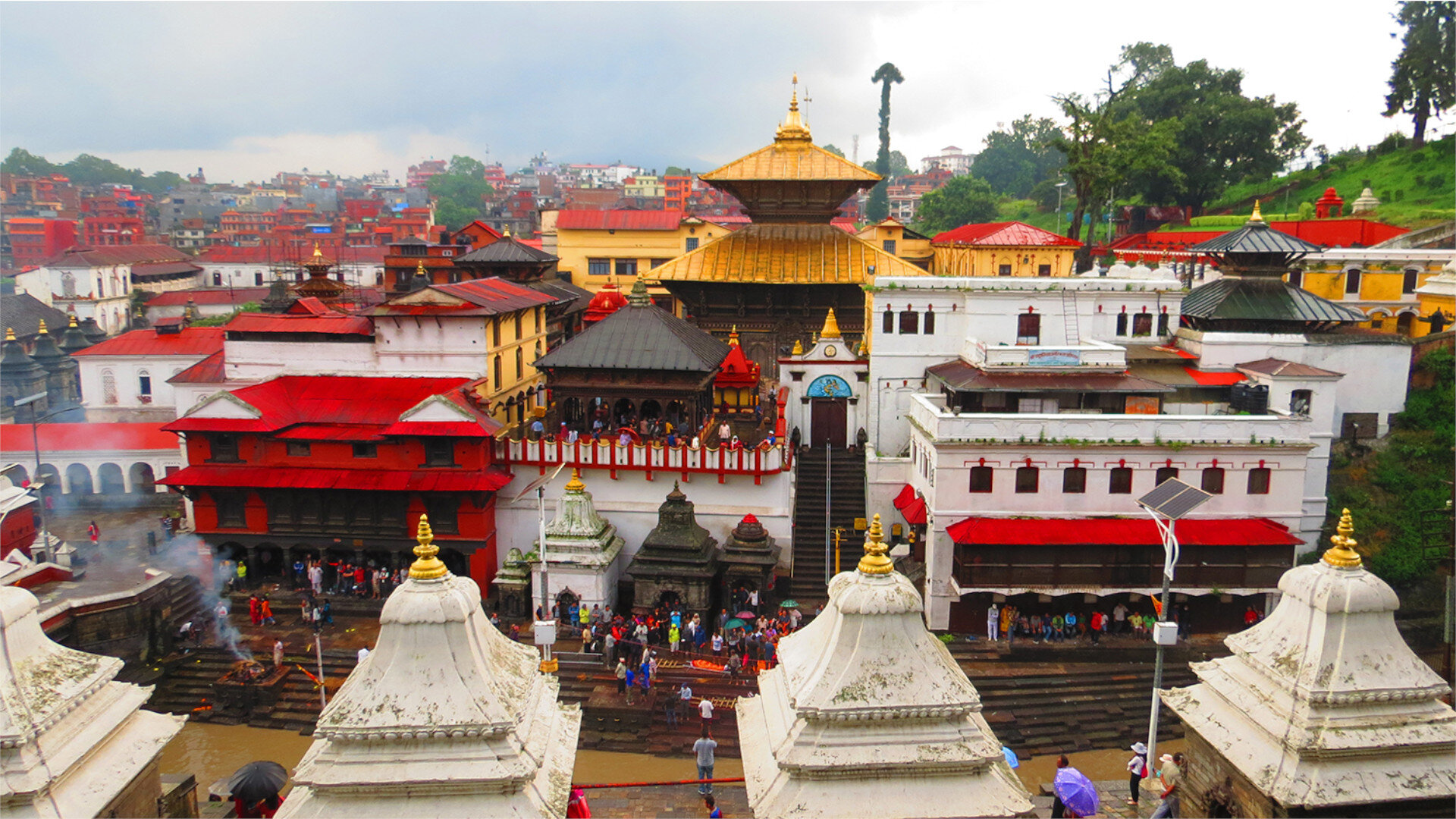

3 thoughts on “Muktinath Temple: 8 Breathtaking Attractions”